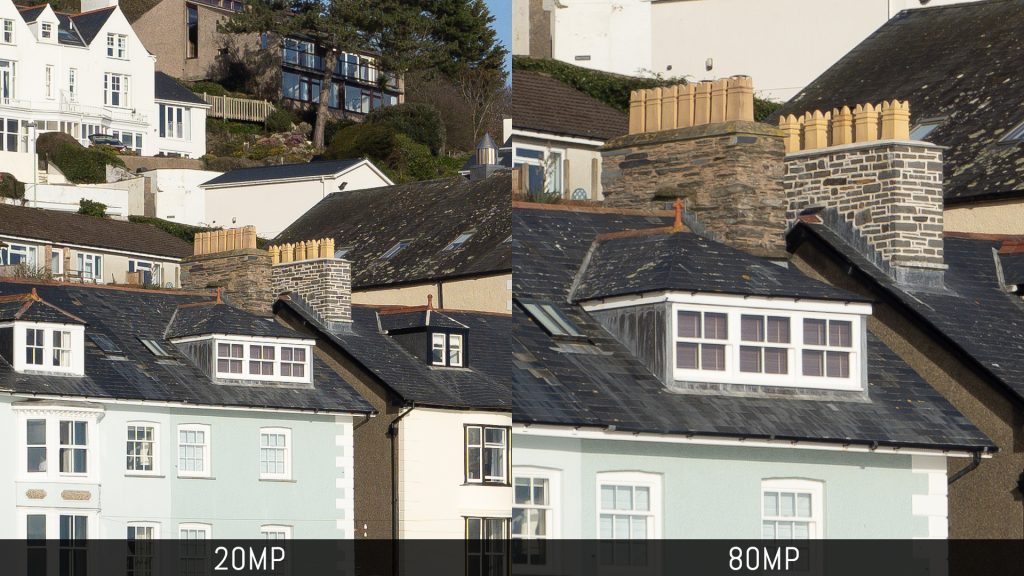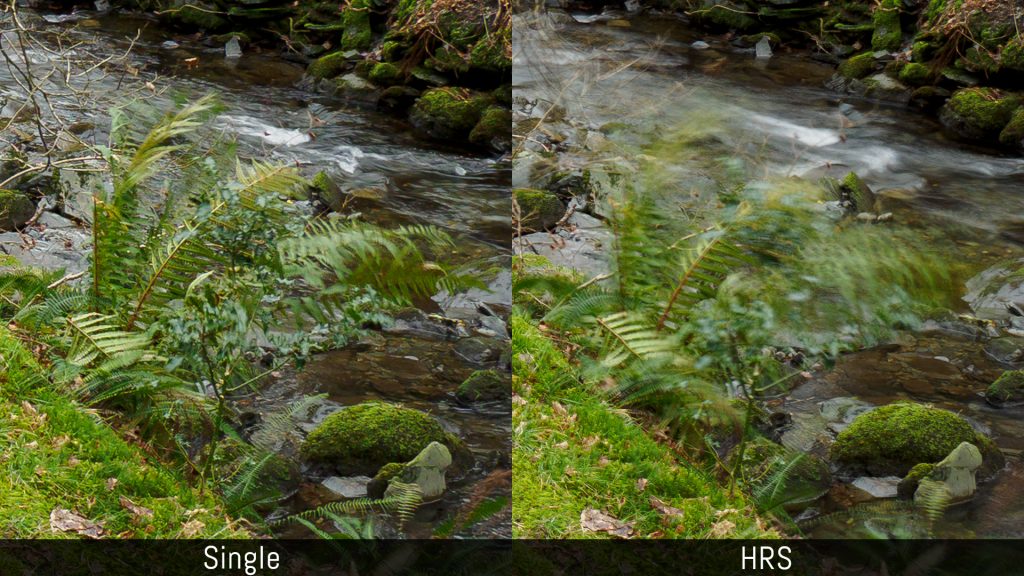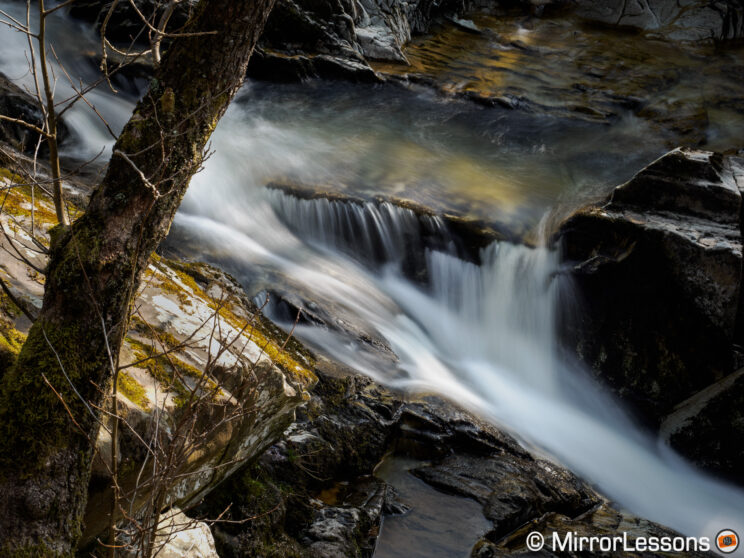The OM-5 is the second camera to arrive under the OM System brand, after the new company OM Digital Solutions took over the imaging business of Olympus. It is the successor of the E-M5 mark III, and in this article I will tell you all the most important differences you need to know between these two cameras.
What the OM-5 and E-M5 III have in common:
- 20.4MP sensor
- ISO 200-6,400 (Low to 25,600 extended)
- AF system (121 cross-type Phase Detection points)
- 30fps Drive Speed (AF locked), or 10fps with C-AF
- Pro Capture (up to 30fps)
- Focus Stacking, Live Composite
- Design and button layout
- Compatibility with the ECG-5 External Grip
- Wi-Fi / Bluetooth connectivity
- BLS-50 battery with same performance (310 shots, CIPA rating)
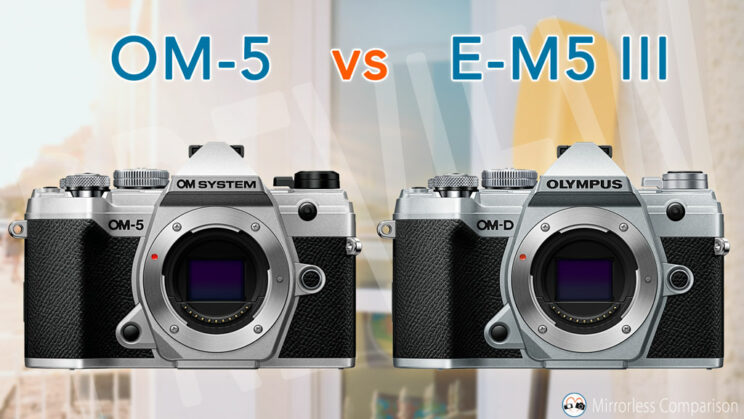
Ethics statement: the following is based on official specs of the OM-5, and our personal experience with the E-M5 III. We were not asked to write anything about this product, nor were we provided any compensation of any kind. Within the article, there are affiliate links. If you buy something after clicking one of these links, we will receive a small commission. To know more about our ethics, you can visit our full disclosure page. Thank you!
1. Image Processor
The OM-5 features a more powerful image processor, the same TruePic IX found in the E-M1 mark III. This allows the camera to have more features such as Live ND and the Hand-held High Res Shot mode (more information on these further down).
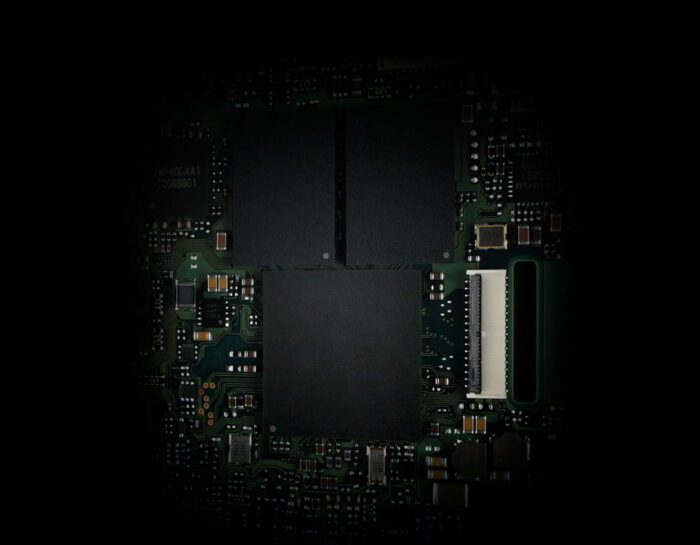
The E-M5 mark III runs the previous generation TruePic VIII, hence it doesn’t have enough processing speed for the most advanced computational functionalities.
2. Image Stabilisation
Both cameras feature 5-axis in-body image stabilisation.
The OM-5 gains a 15% boost in performance according to the official press presentation. The CIPA rating is 6.5 stops for the sensor alone, and 7.5 stops when paired with a lens that features optical stabilisation and is compatible with Sync IS (sensor and optical stabilisation working together).
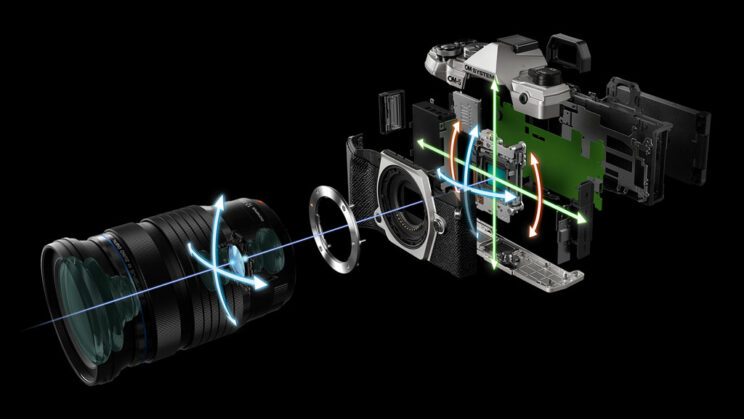
The E-M5 III has a lower rating: 5.5 stops with the sensor, or 6.5 stops with Sync IS.
Note that, although the E-M5 rating is lower, it still remains a very capable camera because this is an area where Olympus/OMDS do better than all the other competitors. See the images below captured with a shutter speed of 4s and 2s, hand-held! Sure, the keeper rate is higher if you work at 1 second or faster, but it shows you how far you can push these products in low light.
The stabilisation system also works for video, and gives you the possibility of adding digital IS to improve the performance even more (with a small sensor crop).
3. Design
The design remains unchanged. The only relevant difference is the brand name at the top. As you can see below, the dimensions and weight are identical.
- OM-5: 125.3 x 85.2 x 49.7mm, 366g
- E-M5 III: 125.3 x 85.2 x 49.7mm, 366g
The button layout is also exactly the same, which means no AF Joystick unfortunately.
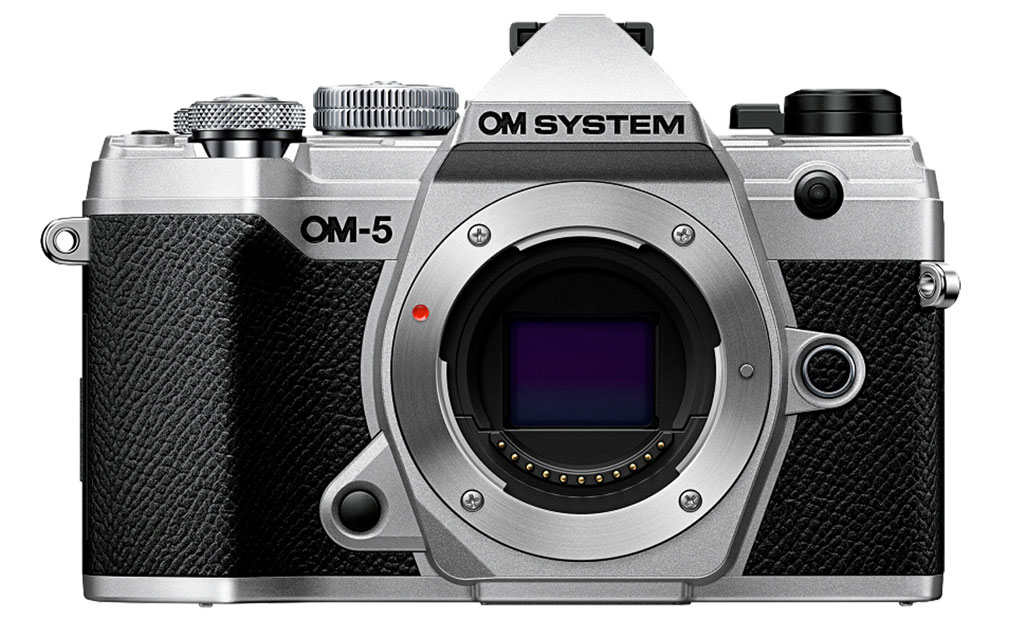
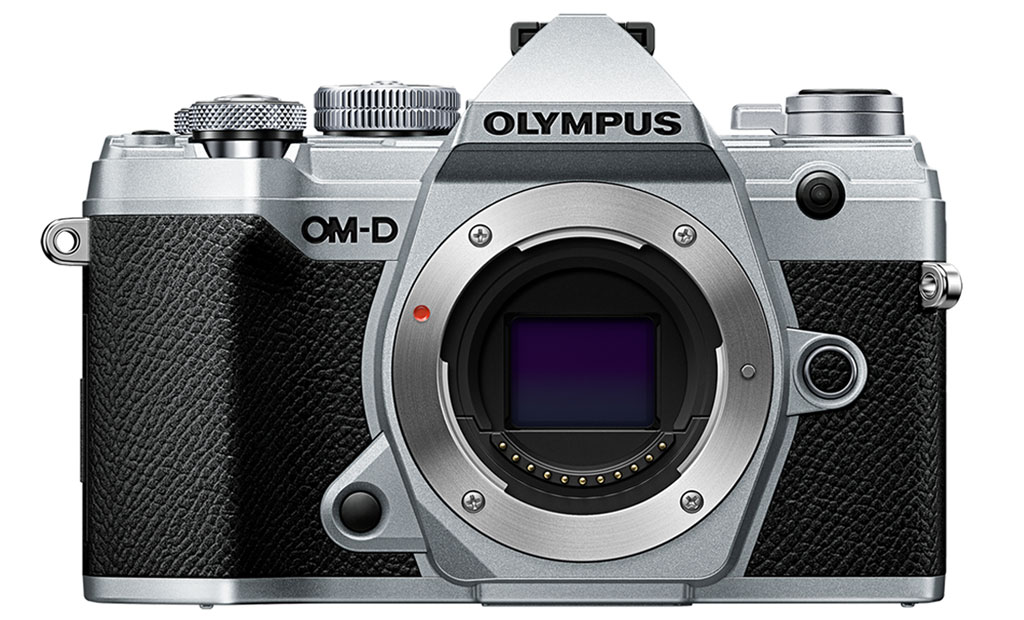
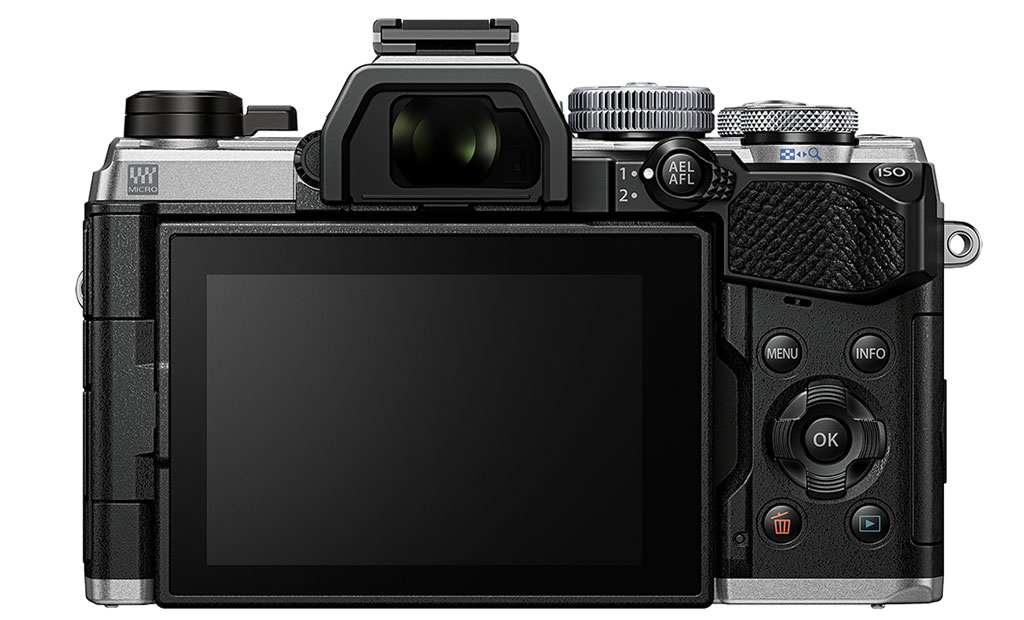
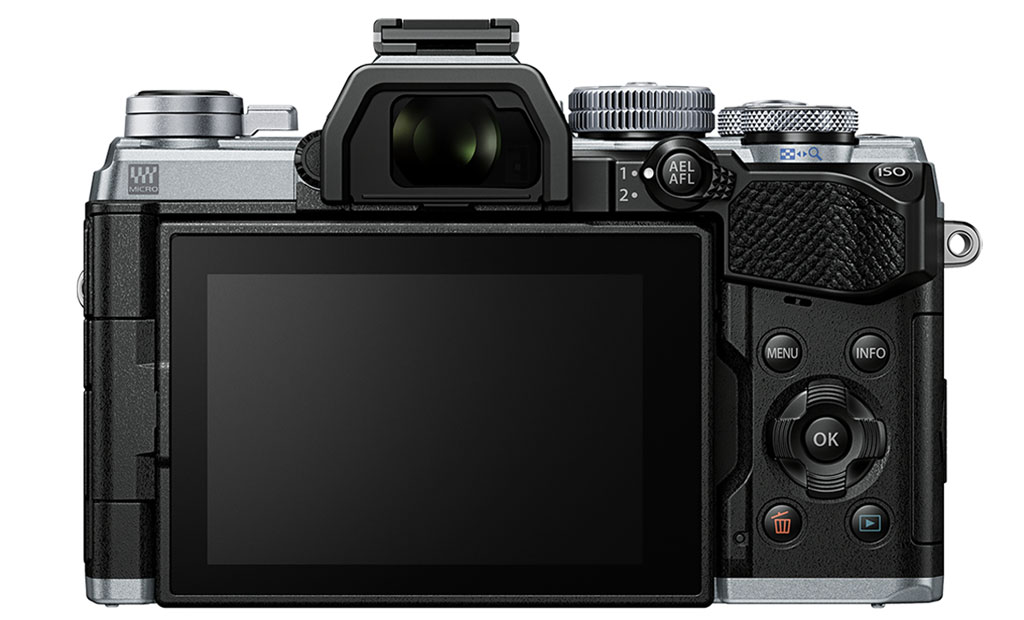
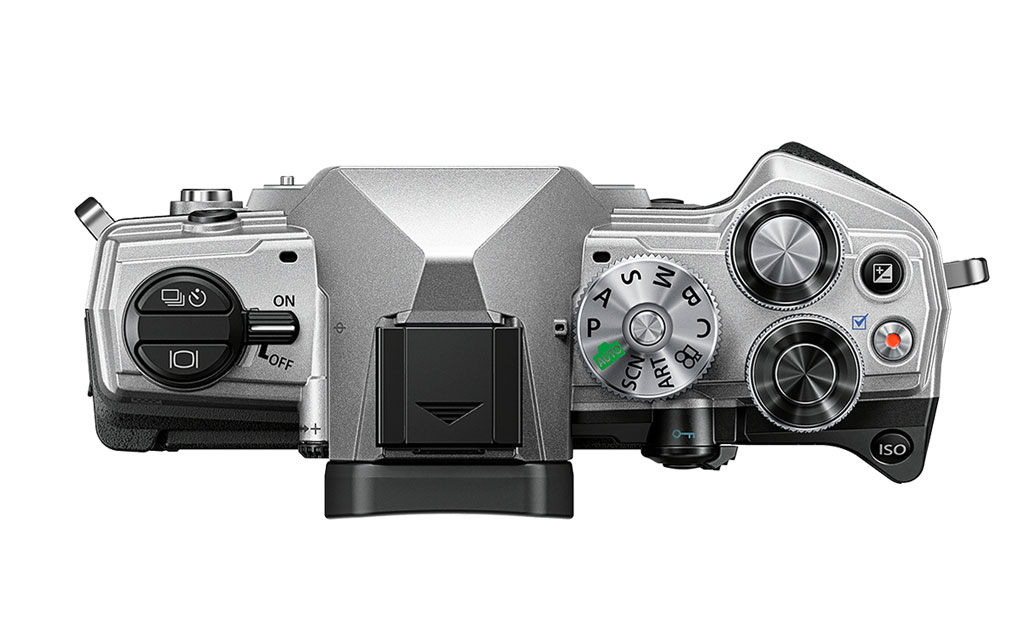
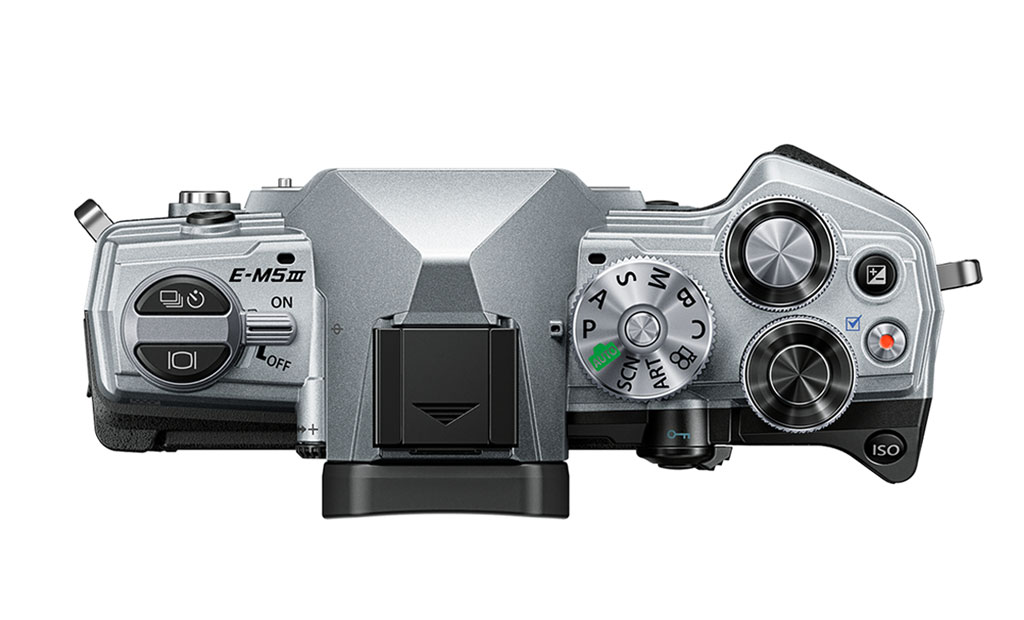
Both cameras are made of plastic, but OM Digital Solutions says some parts have been strengthened following customer feedback. I hope this includes a more robust base plate, because many E-M5 III users complained of cracks when using a tripod plate. You can find evidence of this on forums.
The company says the weather sealing has improved with a rating of IP53, which gives the OM-5 the same level of protection attributed to the OM-1 flagship camera. The E-M5 III has a IPX1 rating.

I’m not going to pretend I’m an expert in IP ratings, so a quick Google search suggests that:
- IP1X means protection against dripping water (vertical falling only)
- IP53 means protection from dust, as well as protection from water spray less than 60˚ from vertical.
As I said above, the two bodies are identical on the outside, and even the dimensions match perfectly. This suggests the engineers made some changes to the various sealing points to achieve the higher score on the new camera.
4. Hand-Held High Res Shot Mode
The more powerful image processor adds extra features to the OM-5. One of them is the possibility to take high resolution shots hand-held.
This method works by combining 16 images taken in rapid succession while moving the sensor by half a pixel between each frame. The result is a 50MP photo (RAW or JPG).
If you’re happy to use this feature on a tripod, the E-M5 III has the same capability as the new camera: they both combine 8 images to produce 50MP (JPG) or 80MP (RAW).
Keep in mind that movements in your scene, like a pedestrian walking in the distance or leaves and branches moving in the wind, will create artefacts such as in the examples below.
One advantage the HRS mode brings is less noise in the shadows, as you can see below.
5. Live ND
Another feature added to the OM-5 by the 9th generation processor is Live ND, and that is something you won’t find on the older camera.
With this mode, the camera takes multiple photos and composites them to create a long exposure effect, just as if you were using physical ND filters in front of your lens. The advantage of such technology is that you can use it hand-held and, of course, you don’t need to pack the filters in your backpack.
It’s a neat feature for sure, but there may still be moments when you prefer to have a tripod and real filters, especially if there is a lot of light to block. The OM-5 can work with a maximum of ND16 equivalent (4 stops), which may not be enough to capture a properly exposed image.
In my various tests with Olympus / OM cameras, I find it works best with streams or waterfalls in the woods, rather than in open spaces. That is unless you use physical filters as well, and in fact some photographers like to combine the two methods because you don’t need to buy the most powerful ND stopper, and carrying just one filter can be enough.
I’m a bit surprised to see that Live ND on the OM-5 is limited to 4 stops, when the E-M1 III (same processor) can work in five steps (ND32). OMDS told me it’s a question of memory and power.
6. Face / Eye Autofocus
The autofocus system remains the same as seen on previous cameras, but a few improvements have been made to face and eye detection, according to OM System.
The OM-5 is more accurate in tracking faces and eyes, even when the person is not looking at the camera.
You can also prioritise a face with the touch screen (or function button) when taking group shots.

7. Starry Sky AF
The last feature added to the OM-5 that is worth mentioning is Starry Sky AF, which allows you to use a special autofocus mode when taking pictures of the night sky.
The camera performs a slow but accurate scan to determine the most appropriate focus distance and make the stars crystal clear. I tested this on the E-M1 III and it works really well. You can check my dedicated article if you want to know more about it.
8. Video
Both cameras can record 4K video up to 30p, without any crop. In Full HD, the frame rate goes up to 120p.
The additions on the OM-5 are:
- the OM-Log400 profile to capture more dynamic range
- the removal of the 30 minute per clip limitation
- the possibility of recording vertical videos for social media
Both cameras have a 3.5mm microphone input, but not headphone output.
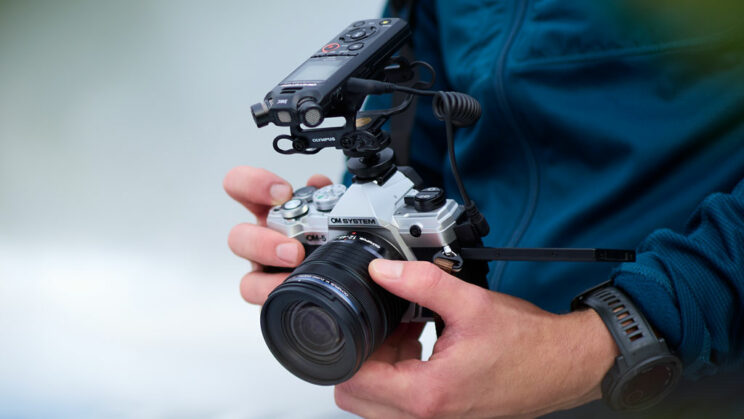
9. Plug-and-Play Webcam
The OM-5 can be used as a webcam by simply connecting the camera to a computer via the USB cable. You don’t need an extra plugin or software, the camera is recognised as an audio/video source right away.
With the E-M5 III, your only solution is a HDMI Video Capture Card that takes the video signal to USB. Olympus released the OM-D Webcam software two years ago, but it was a beta version and only offered compatibility with a few models, excluding the E-M5 III among others.
10. Price
The OM-5 is being launched with the retail price of £1200 or €1300 (body only).
The E-M5 III can be found for $900, £1000 or €1100 (body only). Naturally, being an older model, you can find it for less second-hand.
Prices are as of October 2022.
Conclusion
The OM-5 adds a few interesting features that were missing from the 5 series, such as Live ND and the possibility of using the High Res Shot mode hand-held. The option of using the camera as a webcam without additional softwares is also a nice touch.
As for everything else, the OM-5 doesn’t bring anything new to the table. All its features have been available for years in other OM-D models. I suspect not everybody will see the camera as a worthy upgrade. Perhaps users that own an older model, or an E-M10, will be more tempted by the OM-5.
For those interested in joining micro four thirds, the new camera is certainly a nice way to start, as it will give you a lot of what Olympus/OM is known for, such as the excellent image stabilisation and all the settings that the brand now calls Computational Photography. But you won’t get the latest performance when it comes to autofocus or video. There is no boost in image quality either.
I understand the company wants to keep the OM-5 very distinct from the flagship OM-1 (you can see how these two cameras compare in this other article). I also understand that the semi-conductor crisis, along with other external factors out of OMDS’ hands, may have presented a few challenges, so perhaps it was easier to recycle tech already available at the factory.
But all this doesn’t take away the fact the the OM-5 feels like yet another mild upgrade, just like the E-M5 III was over the E-M5 II, and the E-M1 III was over the E-M1 II. After the good step forward with the OM-1, we’re back where Olympus ended.
Maybe the last sentence is a bit severe, but I’m really curious to see what OMDS does in the coming years to revive a system that was obviously struggling. It’s hard to believe that continuing like before will pay off in the long run.



